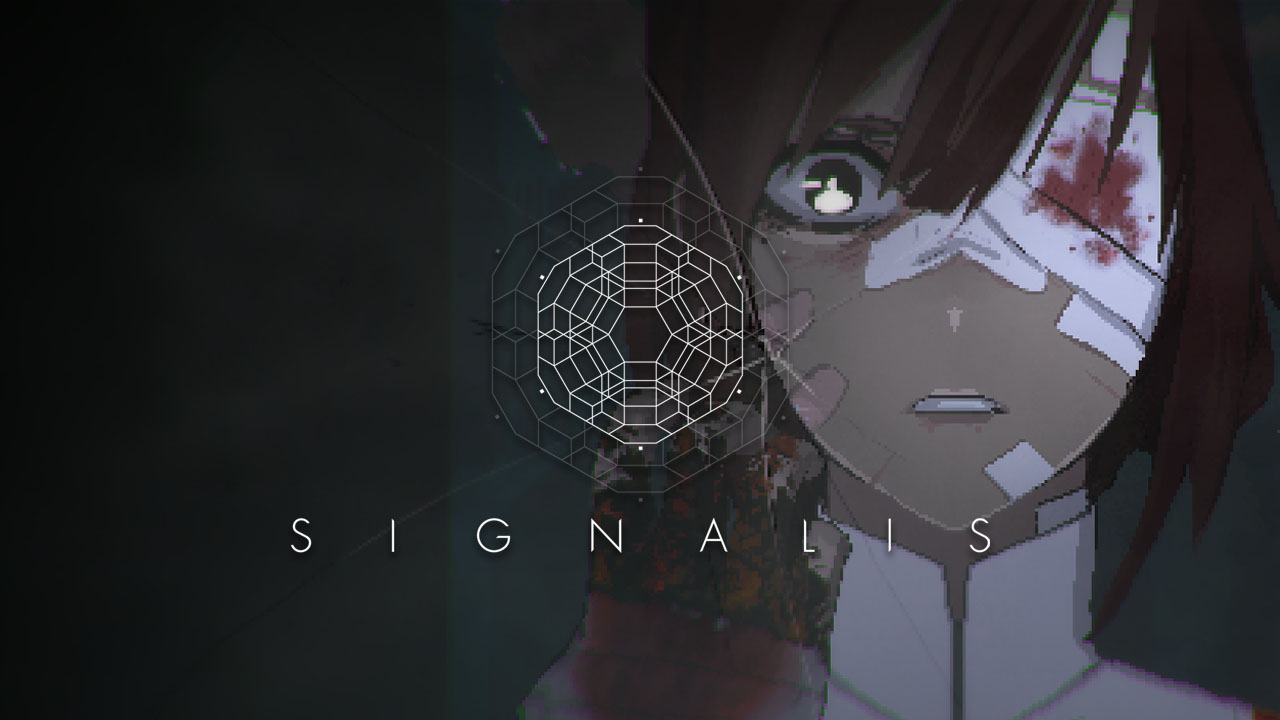
For fans of classic survival-horror, playing Signalis will feel like coming home. To copy Silent Hill or Resident Evil is too easy, developer rose-engine instead opts for something far more creative. It wears its influences on its sleeve the way many horror-indie games tend to, but it is not often when the influences are so specific.
Relying on chunky PlayStation pixelation is common among the indie scene, but to take visual cues from Stanley Kubrick’s style makes Signalis seem like a game that is from another time. Compounded with its NERV-like UI graphics that are taken right out of Neon Genesis Evangelion, all of the pieces in Signalis have a compelling aesthetic that makes it stand out.
A cryptic, science-fiction mystery set in a decrepit labor camp where the android staff have become monstrous psycho killers is a scenario that is already tense as is. There is a terrible secret in the bowels of the workstation and the only hope for answers is a lone protagonist Elster and a photograph found in the cockpit of a ship. Discover the secrets within, in our Signalis review!
This is a review coupled with a supplemental video review. You can watch the video review or read the full review of the below:
Signalis
Developer: rose-engine
Publisher: Humble Games
Platforms: Microsoft Windows, PlayStation 4, Xbox One, Nintendo Switch (reviewed)
Release Date: October 27, 2022
Players: 1
Price: $19.99 USD
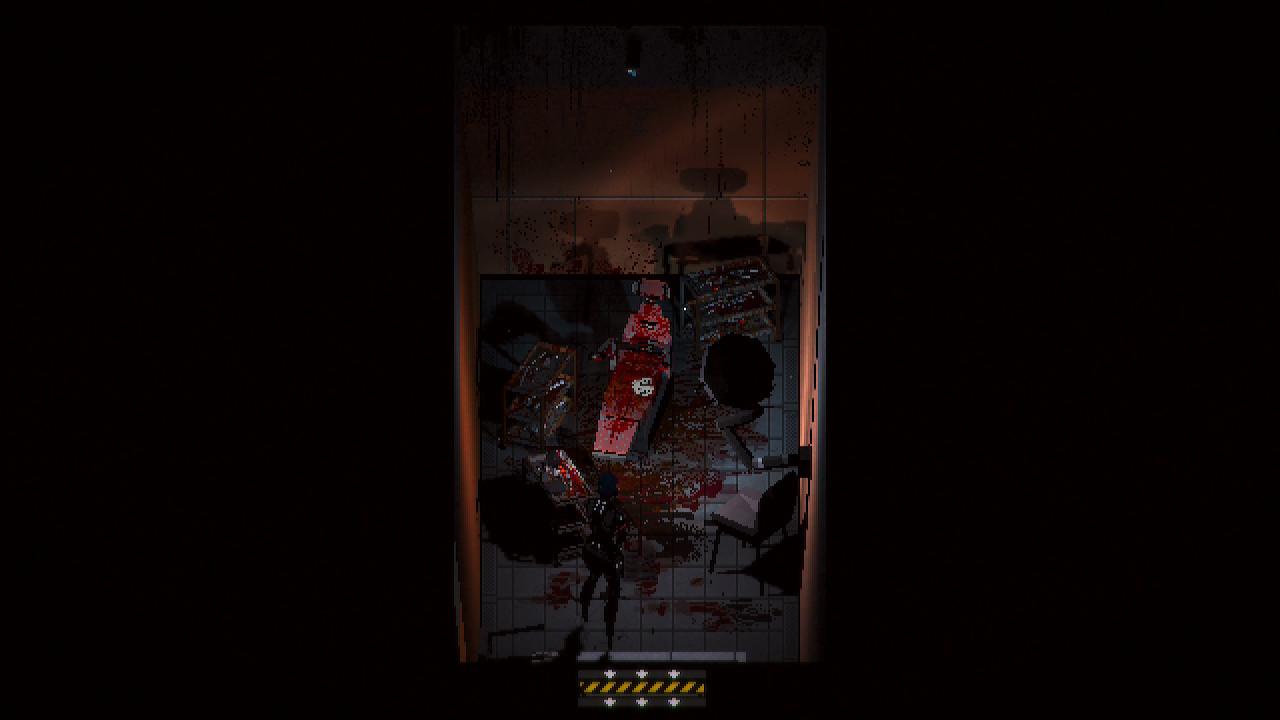
Horror games have been in a tired rut for a while, it used to be a varied genre with many different gimmicks. Recently, it seems that survival-horror is usually some kind of third-person, over-the-shoulder shooter, first-person action title or a walking sim. It is rare when horror breaks from this mold and finally, here comes Signalis to show everyone how versatile the genre can be.
While there have been a few examples of overhead POV survival-horror in the past, there has never been one as deftly crafted or elaborate as Signalis. This God’s view on the world and characters fit the tone and themes of the game too.
In Signalis, many of the characters are synthetic humanoids built for specific purposes. The cold and distant perspective makes the cast and setting seem small and insignificant. The low poly models are simple because these are simple creatures, like the way we view ants in an ant-farm.
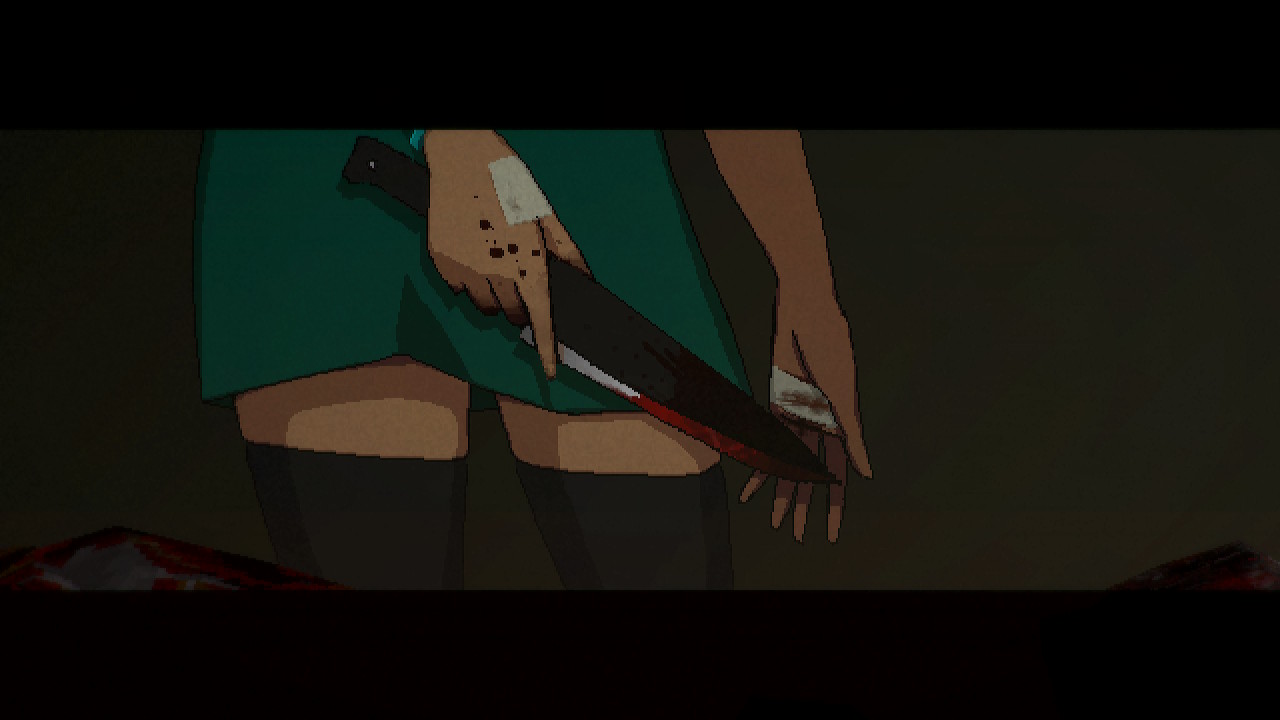
Signalis‘ story is always in a state of clouded mystery. From the moment it begins, nothing is laid out in a convention way for easy consumption. On top of the story being told through mostly text and heavy symbolic imagery, there is also a lot of vague techno-babble and alien concepts that the player must learn to better understand what has happened.
Basic things like what is a “Replika”, can be figured out through contextual clues and because the world’s etymology makes it obvious. When Signalis throws around words like “Gestalt” or why analog cassettes are the storage media, it can be easy to get lost amid the mysteries.
Everything comes together when parsing and reading the scene. Signalis does the classic survival horror gimmick of finding notes, receipts, and logs that imply a greater sense of the world. Compounded with some atmospheric brutalism, there is a lot to chew on while examining the environment.
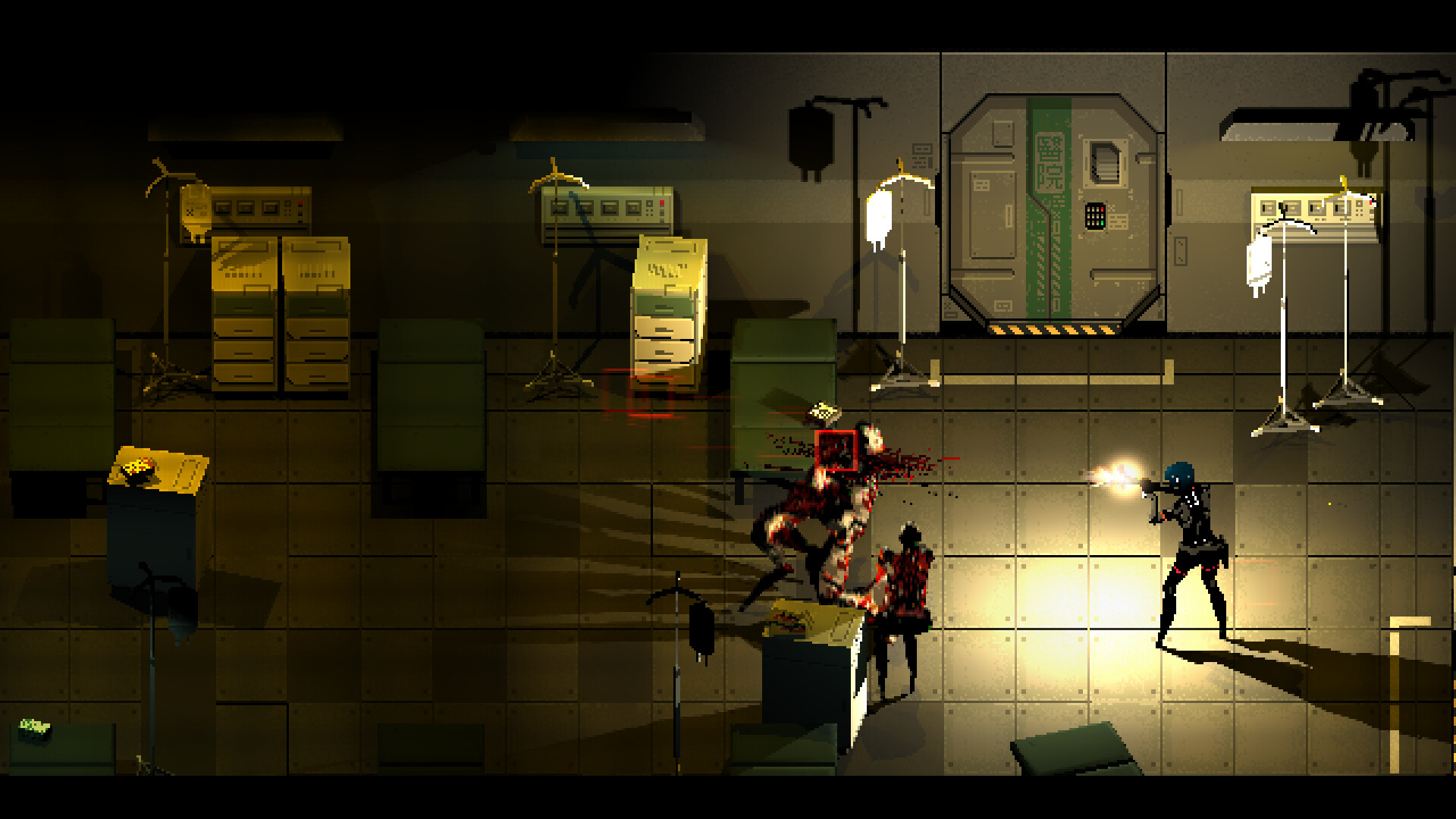
The facility’s architecture and amenities have a “cassette retro-futurism” flair to the design. The chunky low poly visuals really help sell this style and have a delicious and nutritious charm. The place comes off as a soul-crushing place to work at and that definitively shows in the design and look of the characters.
Homage to Tsutomu Nihei (Biomega, Blame!) can be seen in the character designs. There are body-horror and biomechanical elements through out the game. Everyone looks intensely stressed and worn down- intentionally soulless, even.
The existential bleakness in Signalis is enveloping like an embrace from your guardian enemy. It is unsettling and deeply uncomforting at first, but the longer you spend time there, the more it feels like home.
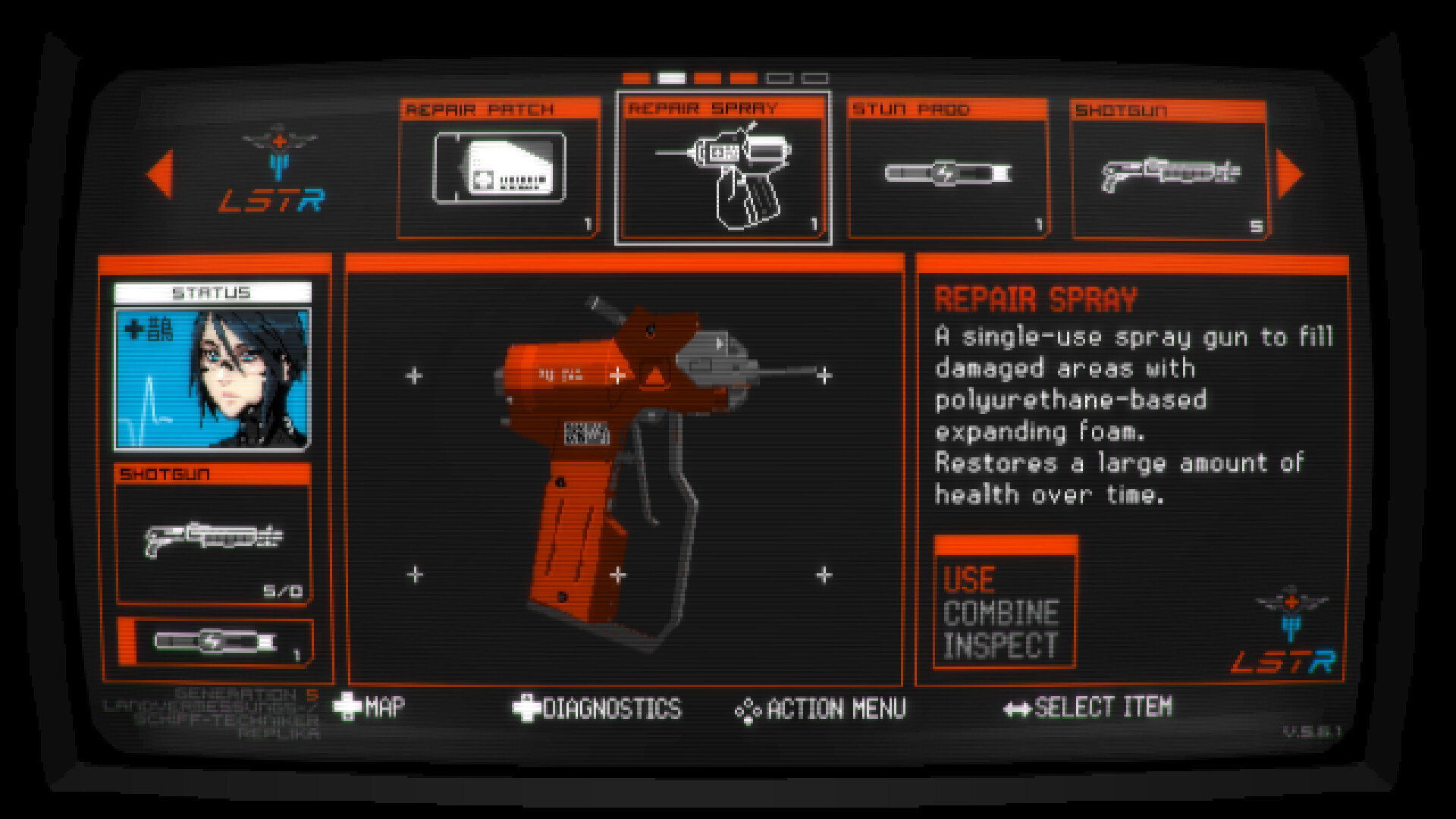
If all the signs of slaughter don’t disturb you, then the roaming creatures will. These things are very much like the nightmares from Silent Hill 2. They can appear as a mixture of a repulsive and sickly leper that is as mindless and impulsive as Amy Schumer at an all-you-can-eat buffet.
Any survival-horror veteran knows that a direct assault is a mistake and that ammo must be conserved and healing items will be in short supply.
Signalis is very tightly balanced with the resources and while the twin-stick style shooting is very accurate, Elster will only get critical hits with a fully charged reticule.
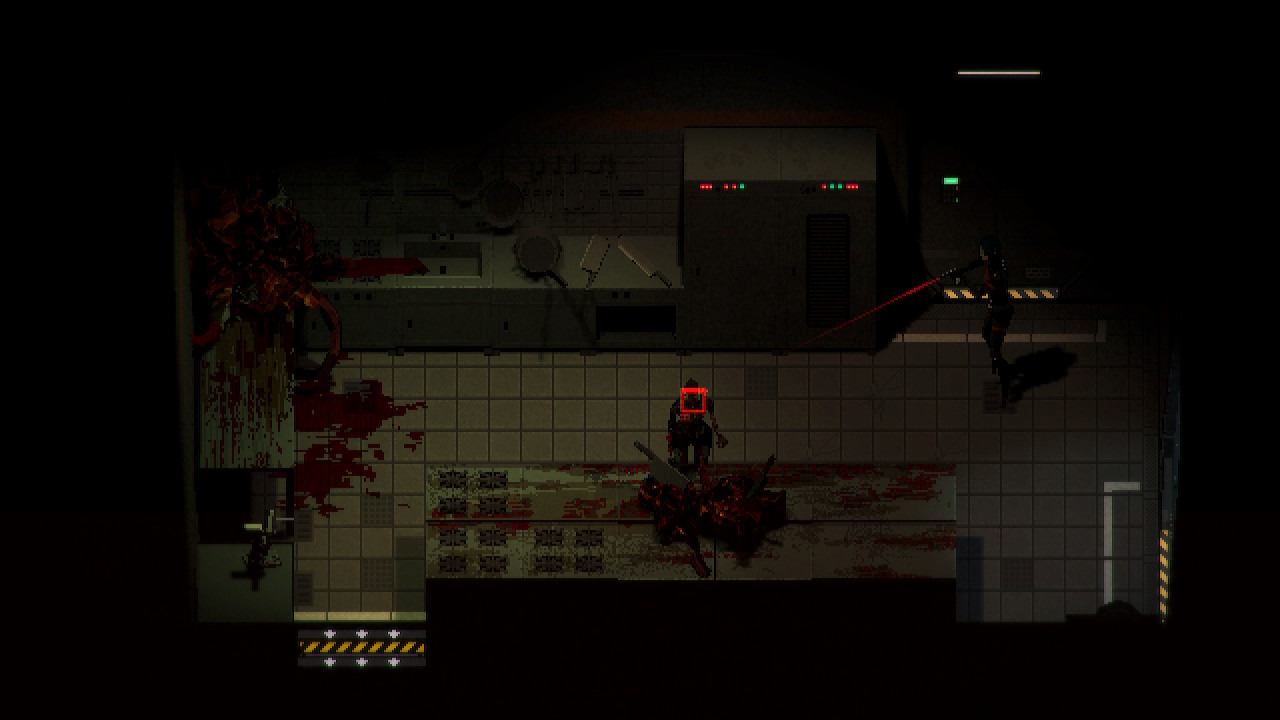
Sometimes situations will be risky where there will be many threats giving chase. Signalis is a methodical game and picking enemies off one by one in a frantic match of “keepaway” is the right amount of adrenaline rush it needs.
Foes don’t always stay down- often they need to be kicked or stomped while they’re squirming and writhing on the ground.
Long after an area gets cleared out, Signalis rarely lets players relax. Sometimes new monsters wander into old hallways, crawling out from beneath floor tiles. These moments are diabolically placed around zones with heavy traffic between item-boxes and puzzle rooms.
It is as if the designers anticipated that gamers might unload weapons and first-aid for a room to acquire key-items.
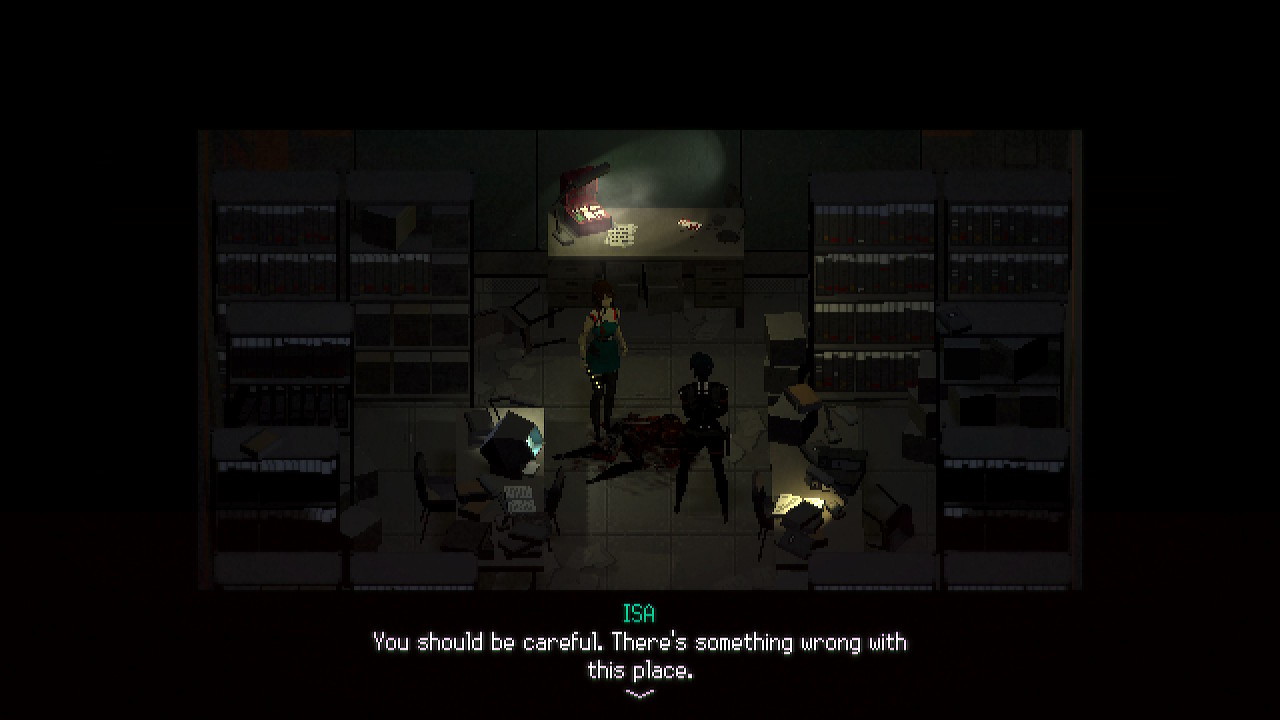
This devilish design is applied is not just applied to the monsters, but the puzzles as well.
The world of Signalis is a strange and surreal place full of esoteric objects, strange symbols, and broken mechanisms that demands the player has some imagination.
Silent Hill-style puzzle screens are plentiful in the labor camp. Taking a moment to solve the water puzzle from Die Hard 3 in order to activate the pumps to drain the water of an area is peak 90s survival-horror. Things like this greatly diversify the tense exploration and shooting.
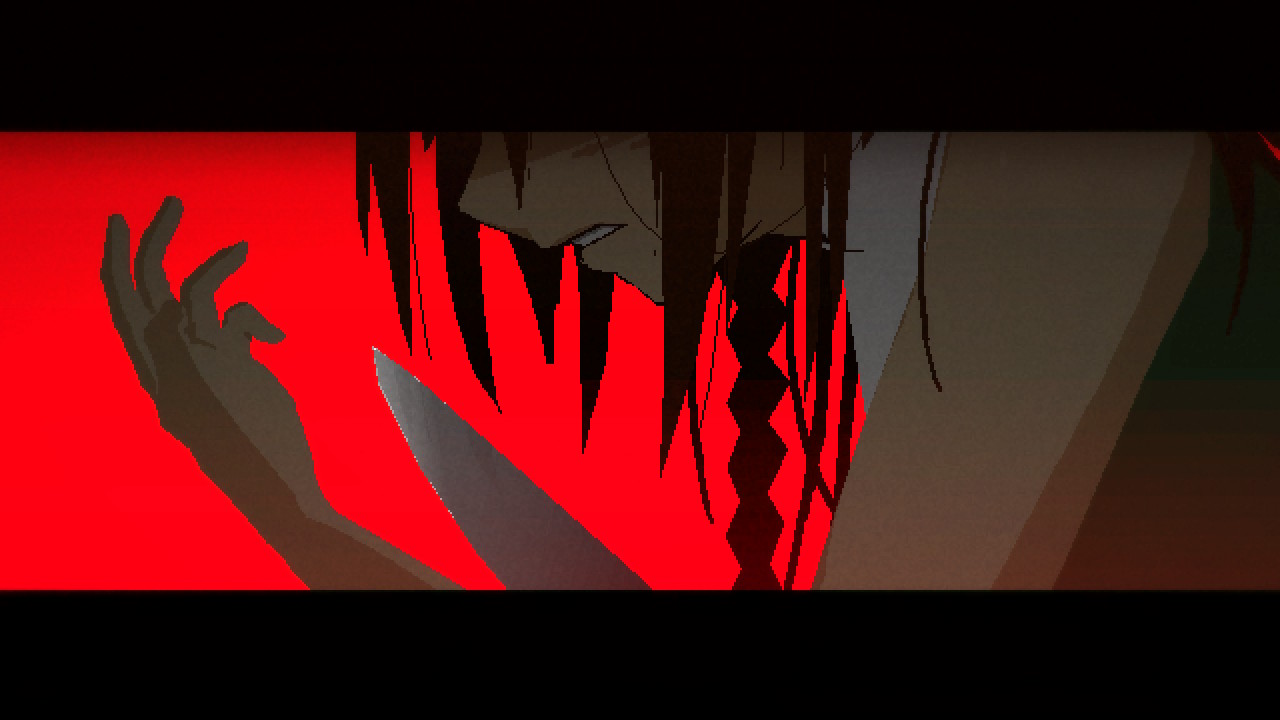
Some of these riddles will require figuring out passcodes where hints to a cipher are within the frantic scribbles of a note. Other times Elster will be able to find frequencies to tune in with her radio to find number sequences.
Gradually piecing together a solution without any guidance is the heart of Signalis and it always feels satisfying.
There are first-person sequences where the player can explore and solve an isolated puzzle. These are also welcomed changes of pace, but their execution is dubious.
These moments are too slow and turning around takes ages, which becomes a hassle when moving about the space and trying to figure out what can and cannot be interacted with.
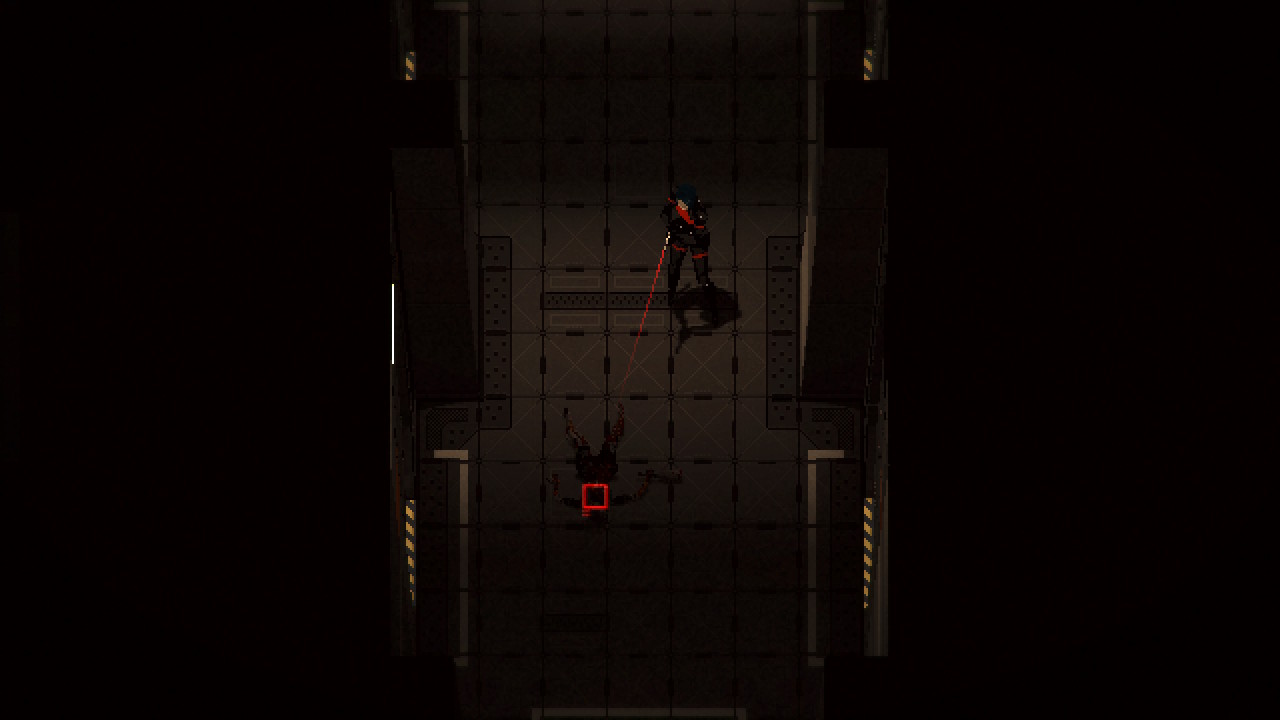
Signalis is a rarity among indie-horror games, striving for a completely fresh approach to a retro feel. The overhead POV does wonders for making a traditional horror game become more accessible. It is appreciated that there are tank-controls as an option, they just don’t work that well when playing with an overhead POV, compared to cinematic angles.
Signalis barely has any weaknesses as far as being a complete experience. At worst, some impatient gamers might struggle with some of the puzzles in the game. For its price, with Signalis gamers will get a highly immersive, substantial horror game that lasts roughly eight hours or more depending on player skill.
Signalis was reviewed on Nintendo Switch using a copy provided by Humble Games. You can find additional information about Niche Gamer’s review/ethics policy here. Signalis is now available for Windows PC (via Steam), Xbox One, PlayStation 4 and Nintendo Switch.